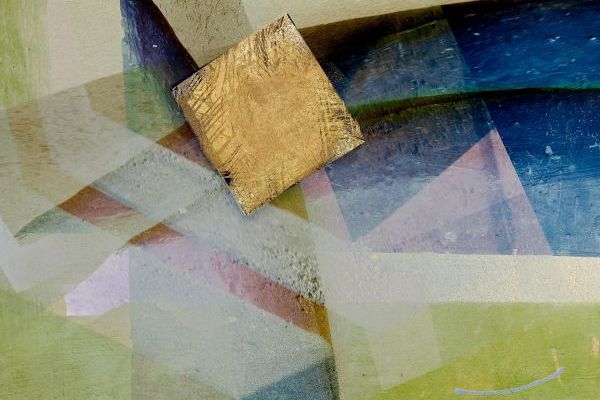
LET US PLAY
Posted 29/06/22
play/pleɪ/ verb engage in activity for enjoyment and recreation rather than a serious or practical purpose. Every child is an artist. The problem is how to remain an artist once…
Posted 31/03/19
I caught the tail end of a brief discussion on social media a couple of days ago and it set my meandering thoughts along an investigative trajectory.
Being called into question was the issue of a workshop leader going off on a recce, prior (I assume) to launching a tour to the location in question. The consensus seemed to be unanimous - a cursory visit was woefully inadequate and would not afford the teacher the necessary understanding of the area needed in order to lead a productive session.
I believe there is another way of looking at this. To accompany a group of fee-paying photographers to a given location is undeniably a responsibility necessitating a certain amount of planning and preparation. I suppose, given the way I approach my work, it is of no surprise that I might argue that that preparation can proceed along many different channels.
Location is just one element and it is not an unimportant consideration, certainly. Equally important are logistics such as access, parking, cafes, toilets etc. However, identifying a given number of aesthetically pleasing vistas or locating shady ancient woodlands is not necessarily at the top of every workshop leader’s checklist.
I used to have my feet planted firmly in the footsteps of those who chased around looking to tick off another trophy image from their wish list. Although truth be told, it was an approach that I felt never quite fit as it should. Not least because tipping out of bed two hours before sunrise (or, as my late brother used to call it, sparrow-fart) then hauling myself and 10kgs of gear along lightless trails in order to try to emulate what someone with better vision, better light and better kit had done a million times before, struck me as rather pointless no matter how many bacon sandwiches beckoned upon completion.
When we prepare for our workshops, we certainly choose locations which we believe offer engaging opportunities. However the obligation to provide an exhaustive roster of viewpoints is pretty far down our list of priorities. There is a strong argument to be made for the notion that ideas and interpretation will trump documentation every time. If the artist is presented with the beautiful, the verdant, the majestic, the panoramic - there is perhaps less of an inclination to really search out the hidden, the understated - that which takes time to discover.
If you haven’t done so already, I would urge you to listen to David Ward’s Togcast interview with Sam Gregory. He talks eloquently and compellingly about how he endeavours to tease out images from elements that most of us would walk by without a second glance. He speaks of arriving fresh at a location without preconceived ideas. Jay Maisel has the exact same philosophy - arrive empty and let the scene fill you up.
Al Brydon is about to have a project entitled ‘Graveyard Bins’ published (link below).An unlikely location for a photography outing if ever there was one. The work, nevertheless is beautiful, poignant, thought-provoking and meaningful. Rob Hudson, Paul Kenny, Chris Friel, Graham Cook and Marianthi Lainas are just a few more of the many people whose work I admire, the success of which depends on ideas as much as location.
We are leading a tour to Berlin (fully booked) next August. I have been there a couple of times and although I admit I don’t know it well, my knowledge of the city will probably get me by. I cannot claim to have a thorough insight into its most prominent photographic attractions - nor indeed its hidden secrets. We have clients attending the workshop who know the city inside out, upside down and and back to front. One client actually lives there. How can we possibly show them things they haven’t seen a hundred times before? Of course we can’t.
The tour we are leading is not specifically an invitation to come along and indulge in some street and/or architectural photography. Our objective is to offer up an investigation of the Bauhaus movement - its influence on so many aspects of the way we live today, from the fonts we use to the furniture we sit on - and much more besides. Therefore the research and preparation that we will undertake will predominantly concern expanding our knowledge of Walter Gropius, artists such as László Moholy-Nagy and many others, as well as conceiving of the ways our photography might be furthered by a deeper insight into the movement. The areas we will choose to visit are easily researched and do not rely on an intimate knowledge of the city nor familiarity with which direction and at what time the sun will set.
Disclaimer! This is in no way intended to be a pejorative my way or the highway-type rant (and I very deliberately haven't added my own images as a self-congratulatory way of trying to prove my point). We are all making images for different reasons and with differing objectives. Perhaps what I do shouldn't even be described as photography, relying, as it does, on software composites (both in and out of camera). We are - and should be - free to pursue the approach that chimes with our own perspective on what photography means to us. I just felt the need to offer up the suggestion that maybe an intimate knowledge of a given location is not necessarily the only valuable resource. I believe that it could convincingly be argued that oftentimes it is not even the most important one.
THE TOGCAST - by Paul Sanders and Sam Gregory
GRAVEYARD BINS - by Al Brydon; published by Another Place

Posted 29/06/22
play/pleɪ/ verb engage in activity for enjoyment and recreation rather than a serious or practical purpose. Every child is an artist. The problem is how to remain an artist once…
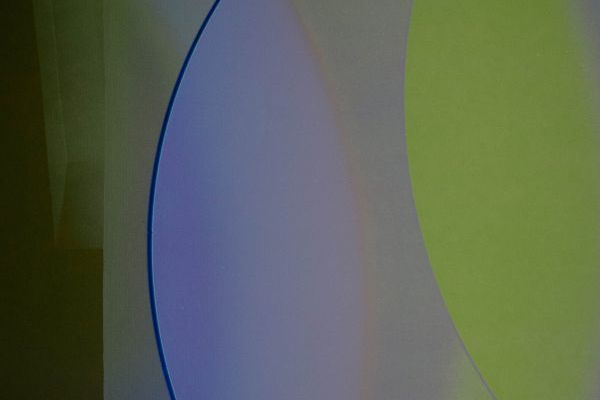
Posted 21/04/19
The Bauhaus movement celebrated its centenary in 2019 and more than a century after its inception the influence lives on and continues to shape our concept of good, intuitive design. Founded in…
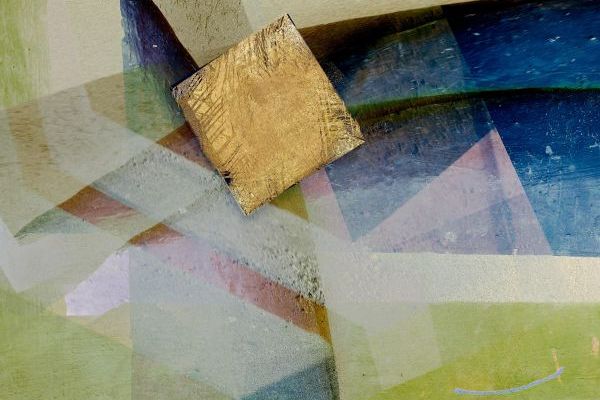
Posted 30/06/18
I have chosen to present my contribution to the upcoming joint exhibition at the Oxo Gallery in London in a slightly unconventional way. The images themselves represent a continuing fascination…
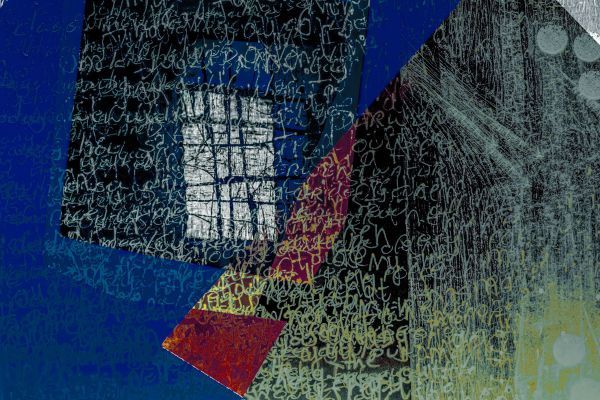
Posted 29/06/17
Charlie Waite is one of many photographers to champion the importance and satisfaction to be gained from turning a digital file into a physical print. Such advocates are possibly less forthright about…
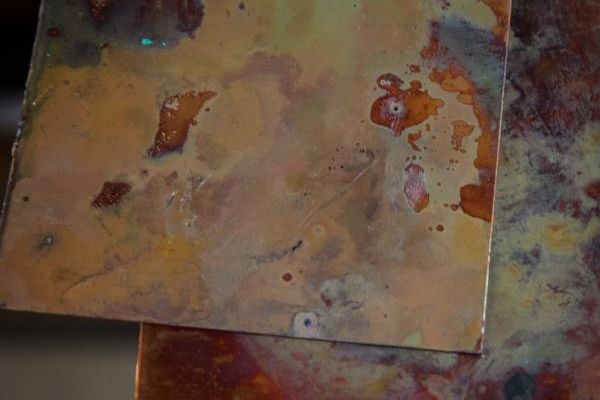
Posted 30/04/16
For some time now I have been thinking about ways to take the physical reproduction of my images in a slightly different direction.Perhaps as a consequence of the unpredictability of my image making,…
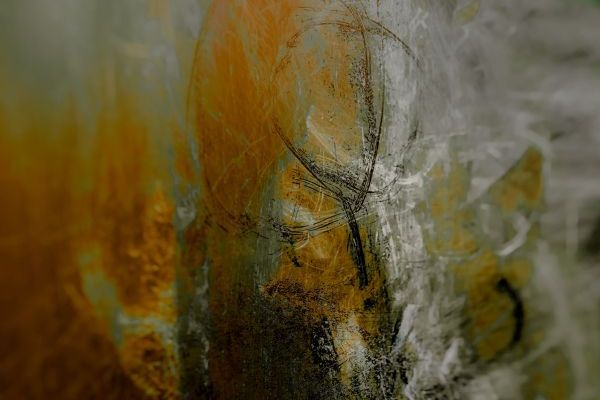
Posted 30/12/15
I have just watched a short film made about a photographer I greatly admire, Chris Tancock. His dedication, patience and commitment to his art are humbling to say the very…